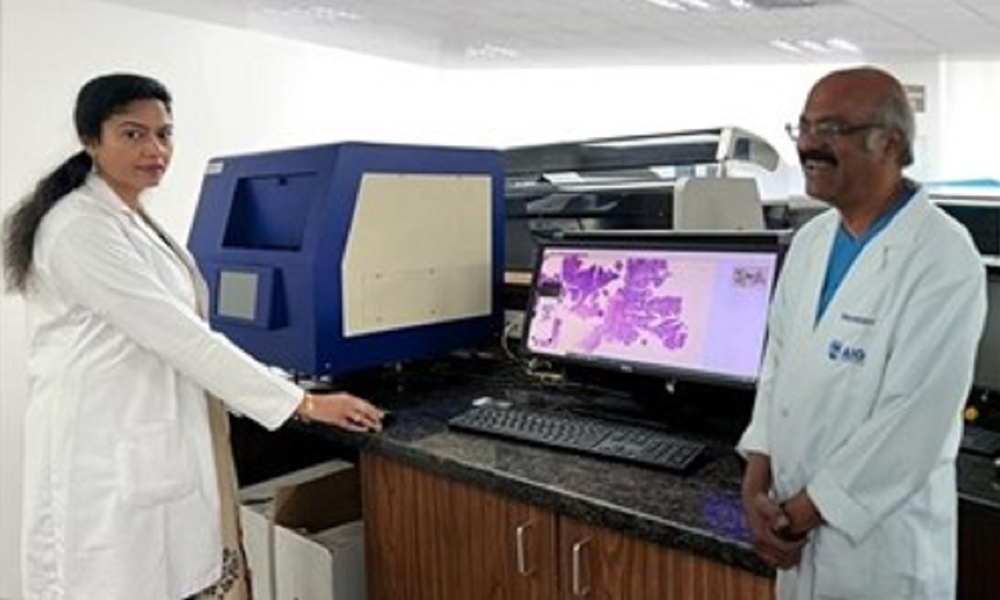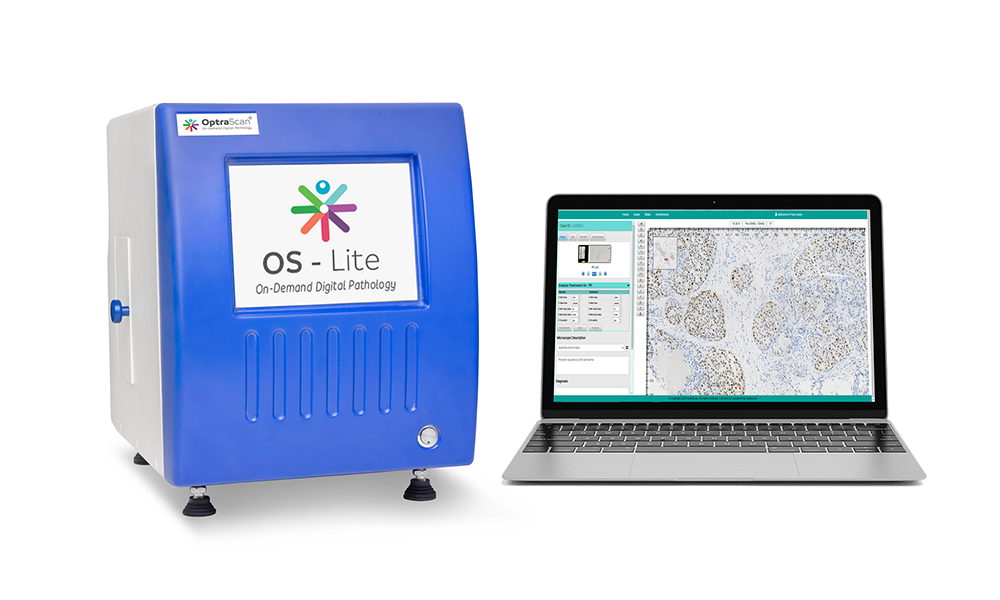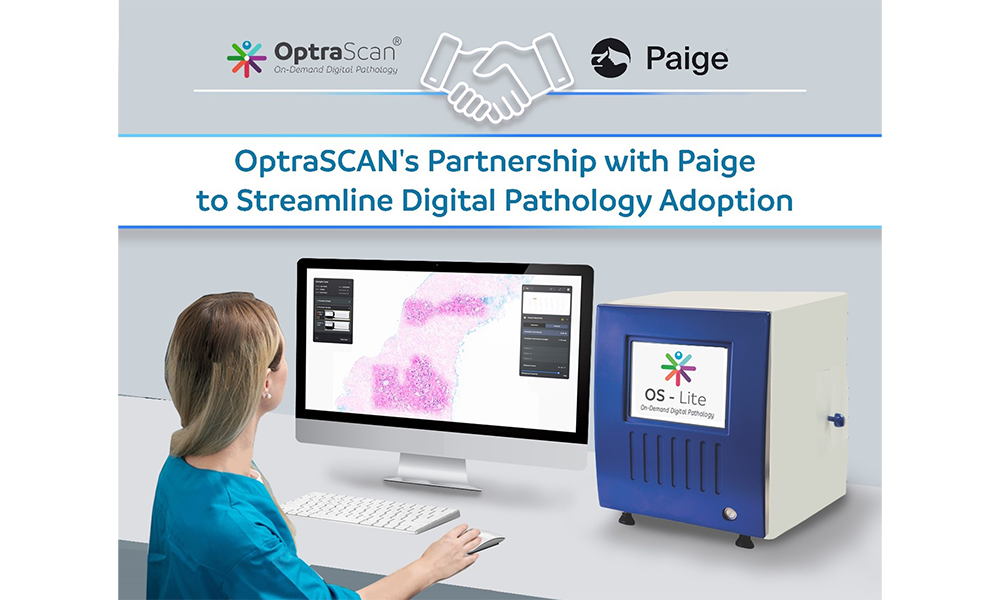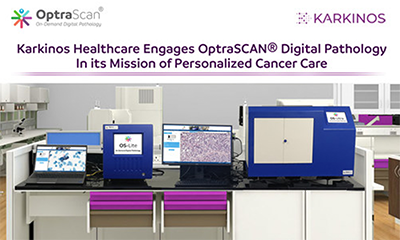
OptraSCAN Empowers AIG Hospitals with Digital Pathology Solutions

Lumea and OptraSCAN Announce Partnership to Enable Seamless Adoption of Digital Pathology

OptraSCAN Launches OnDemand Digital Pathology

Paige and OptraSCAN Partner to Streamline Digital Pathology Adoption

Karkinos Healthcare Engages OptraSCAN® Digital Pathology In its Mission of Personalized Cancer Care

OptraSCAN® receives CE-IVDR for OS-Ultra™ high-performance Digital Pathology System

OptraSCAN’s Artificial Intelligence-Equipped Digital Pathology Scanner OS-SiA Granted U.S Patent for Scanning, Indexing and Analyzing of the Tissue Area at the Same Time

CytoSiA – To Advance Cytology Screening Through Unmatched Image Quality And Artificial Intelligence Based Image Analysis Solution

OptraSCAN Is Disrupting the Digital Pathology Space with Ultra-Fast Scanners

The Need for Telepathology In Developing Countries

AI-enabled scanner: an example of the machine learning paradigm of feature learning

Digital Lab-as-a-Service – a convenient way to adopt digital pathology systems

OptraSCAN immune-oncology solution for Programmed Death Ligand 1 expression on tumor and immune cells

Role of digital pathology in improving healthcare in developing nations

Global TELEPath® Network

Intelligent Digital Pathology